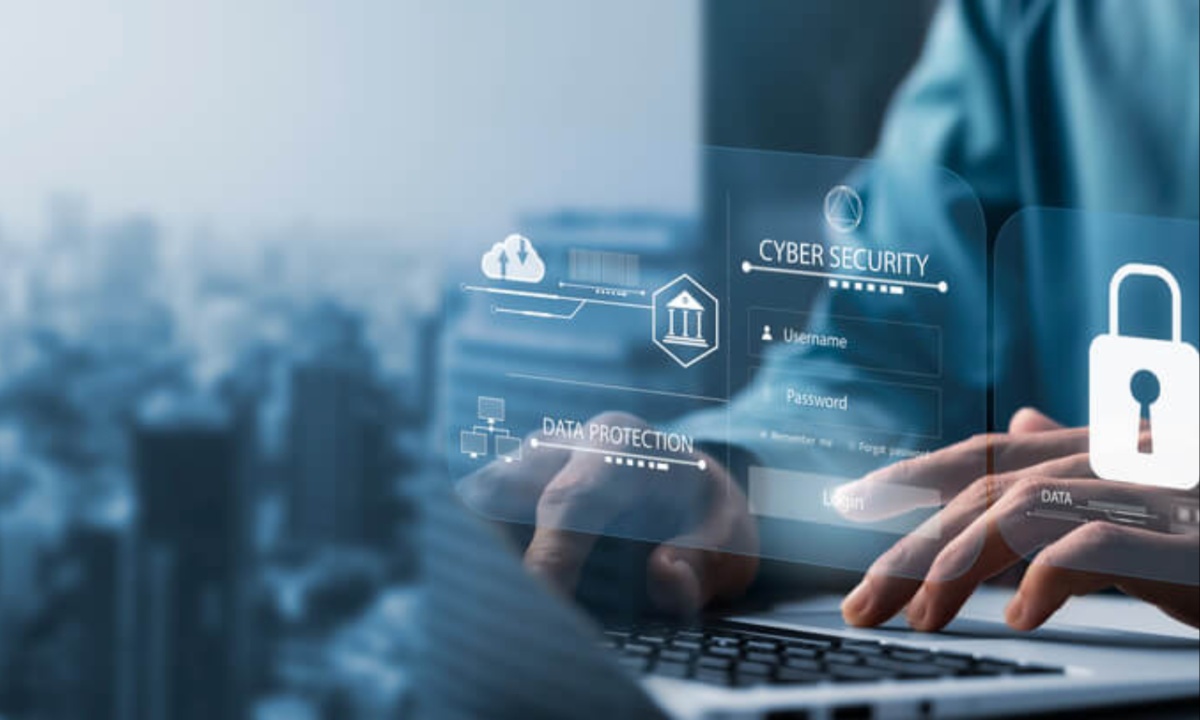In recent weeks, the frequency of data breaches has become alarmingly high, with billions of records lost through various incidents. For instance, breaches involving National Public Data, Medicare, and MC2 Data have exposed a staggering amount of sensitive information.
These breaches highlight a growing issue in data security: companies that manage critical information, such as background check services, are not doing enough to protect it. As a result, the public faces an increased risk of fraud, identity theft, and other malicious activities aimed at stealing personal and financial information.
The consequences of these data leaks are severe, and the responsibility for mitigating the risk often falls on individuals. To safeguard against these threats, individuals must take proactive measures to protect themselves from scams and identity theft. This involves strengthening online security, as recovering from an identity theft incident can be both time-consuming and financially draining.
One of the most effective ways to secure online accounts is by using strong, unique passwords. With the continuous leaks of passwords, hackers can easily gain access to accounts by using automated tools or credential stuffing attacks, where known username-password combinations are tried across various platforms.
To combat this, individuals should utilize password managers to create and store strong, unique passwords for each account, making it more difficult for hackers to guess or reuse credentials.

Strengthening Data Security in the Face of Rising Breaches and Identity Theft Risks
In addition to strong passwords, two-factor authentication (2FA) provides an added layer of security. Common 2FA methods include using an app that generates one-time codes or, for higher security, using a hardware dongle like a YubiKey.
These physical devices are much harder for hackers to obtain than codes sent via email or SMS, which are more vulnerable to interception. Alternatively, passkeys, a newer and more secure login method, offer a streamlined experience that doesn’t require passwords but uses encrypted credentials tied to devices and services, further reducing the risk of phishing and unauthorized access.
As passkeys are becoming more widely adopted, they are recommended as a primary login method, especially when paired with device synchronization for backup purposes. For example, passkeys can be synced across Apple and Android devices or securely stored in password managers.
If you’re concerned about cloud storage, additional security measures like using a hardware dongle or a strong password with 2FA can serve as a backup option in case your primary passkey device is lost.
While transitioning all accounts to more secure logins is a gradual process, it’s essential to prioritize sensitive accounts—such as those related to finances, taxes, and email. These are the most critical accounts to secure immediately, as they are often targeted by cybercriminals. Taking these steps will help mitigate the risk of financial loss or identity theft.
For those affected by data breaches, especially in the United States, specific steps can help protect financial and personal data. These include freezing your credit, checking credit reports for fraudulent activity, freezing banking reports, and setting up an IRS identity protection PIN to prevent fraudulent tax returns.
These measures can often be implemented relatively quickly, taking only about half an hour per step. Once completed, individuals should track important PINs securely using a password manager or encrypted files.
Lastly, communication vigilance is vital in today’s world of personalized scams. Given the vast amount of personal data circulating on the dark web, criminals can easily create convincing phishing schemes tailored to individuals.
Always verify suspicious messages, particularly those involving urgency, by contacting the company or person directly using trusted contact information. With AI making scams even more sophisticated, it is crucial to stay cautious and avoid automatically trusting unsolicited messages or calls.









































